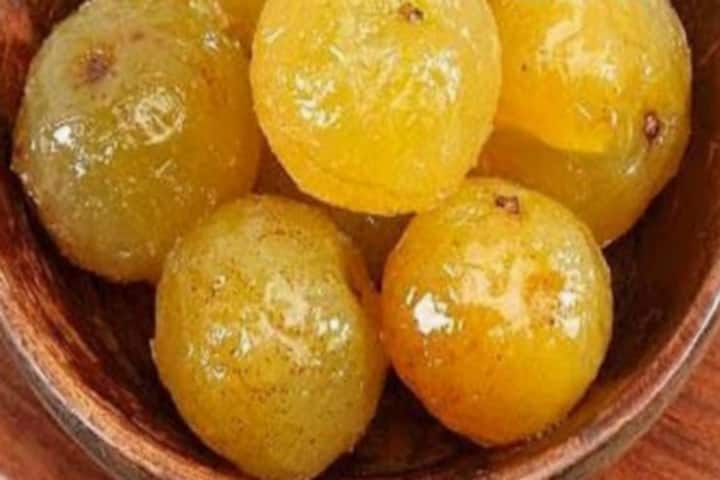

Representational image. Organic and full of health benefits, the honey gooseberry prepared by Mala vedan tribals of Kerala will be sold directly to consumers
With a view to involve the local community especially the indigenous people and tribes, the Union Government’s Van Dhan Yojana is making efforts to help tribals earn money by becoming entrepreneurs.
Under this, the popular honey gooseberry aka then nellikka prepared by the Mala vedan tribals of Ranni area Kerala will be available throughout the State. Residing in Olikallu hamlet in Chittar, the product which will be marketed by the forest department is a specialisation of this tribe, who have been preparing it for ages.
This product made from wild honey collected from forest is far superior to the several fake ones available in the market that are prepared using sugar. It has many health benefits including aiding better digestion; helping in controlling blood sugar; providing body warmth; curing cough and cold; strengthening the liver and preventing jaundice and asthma; and nourishing skin and hair.
Sharing details about the project, Shiju SV Nair, the Deputy Range Officer of Chittar said that it was started three months ago and under this the tribal folks gather honey and gooseberries from the Ranni forest to make this product which is then given to Olikallu Vana Samrakshana Samithi for marketing and sale.
To prepare a jar of honey gooseberry takes 40 days. To begin with wild gooseberries are collected and their moisture is removed by boiling them after which they are put in wild honey. For 10 kilograms of the fruit 7.5 kgs of honey is needed. After 20 days the gooseberries are taken out and put in fresh honey for another 20 days. Each jar of 300 grams is sold for Rs.350.
To provide a fillip to the sale of this product it will be sold under the Vana Jyothi VDVK brand name. The Ranni VDVK has roped in many self-help groups to develop and sell value-added products. The initiative will enable them to get a good price for their product and also check exploitation by the middlemen.
To scale up production of honey gooseberry, the fruit will be procured from other places also.
Inhabitants of Kottayam and Quilon districts Mala vedans are found in Kadumeenchira, Naranamoozhy, Kumarapuram, Kattachira, Ottakkal, Orukunnu, Thenkashi, Thenmala and Achankovil areas of Kerala. They speak a dialect of Tamil and Malayalam.
In the primitive era, they lived exclusively by hunting. After eating a part of the kill, they sold or exchanged the remaining portion with others for other necessities. In certain seasons of the year, they engage in fishing also.
India decisively asserted its military superiority over Pakistan during this month's brief but intense conflict,…
Trade associations and local business groups in Pakistan-occupied Gilgit-Baltistan (PoGB) launched an indefinite protest on…
A human chain and protest march was organized by various organizations in front of the…
The United States on Saturday announced the expansion of its security partnerships with India through…
Highlighting the use of indigenous platforms during Operation Sindoor, Chief of Defence Staff (CDS) General…
Congress MP Shashi Tharoor on Friday (local time) said that Colombia will issue a statement…